If you’re one of the many Intel Mac users that can’t install macOS Sonoma because your Mac is unsupported, here we show you how to install macOS Sonoma on unsupported Macs.
Sonoma was released by Apple last month but the biggest disappointment for many older Intel Mac users was it dropped support for most Intel Macs.
This means older Intel Macs are no longer be able to update macOS beyond Ventura via the Mac App Store.
However, the good news is a tool call the Open Legacy Patcher has now been updated so that you can now install Sonoma on unsupported Intel Macs.
Open Legacy Patcher now allows 83 unsupported Intel Macs to install macOS Sonoma.
Intel Macs that can now install macOS Sonoma using the Open Legacy Patcher are:
2008-2019 12-inch and 13-inch MacBooks2009-2017 11-inch and 13-inch MacBook Air2008-2017 13-inch to 17-inch MacBook Pro2009-2017 Mac mini2007-2018 20-inch to 27-inch iMac2008-2018 Mac Pro2008-2010 XserveOne current limitation of the Open Legacy Patcher is that the T1 Security chip is not supported in the 2016/17 Touch Bar MacBook Pros and we don’t recommend using Open Legacy Patcher to install Sonoma on those Macs.
Note that if you have one of the following Intel Macs, you don’t need to use the Open Legacy Patcher as Sonoma supports them natively and you can update your Mac immediately via the Mac App Store:
MacBook Pro: 2018 and laterMacBook Air: 2018 and laterIntel Mac mini: 2018 and lateriMac: 2019 and lateriMac Pro: 2017Mac Studio: 2022 and laterMac Pro: 2019 and laterIf you have an Apple Silicon Mac with M1 or M2 chip then you don’t need to worry – macOS Sonoma works on all Apple Silicon M-series Macs.
Quick Navigation
Why Update To Sonoma?Whats’ New in Sonoma?A Word of WarningHow To Install Sonoma on Unsupported MacsHow To Install macOS Sonoma Updates On Unsupported MacsWhy Update To Sonoma?Apart from missing out on all the new features in the latest version, the biggest argument for updating to Sonoma is security.
Apple only issues security updates for the last three versions of macOS so once you are three versions behind the latest release of macOS, your Mac will have security vulnerabilities.
It’s also important to be aware that you cannot install security and performance updates for Sonoma from the Mac App Store after you’ve installed it on an unsupported Mac.
However, you can install the updates by downloading them to a USB stick and installing them manually.
Whats’ New in Sonoma?If you’re still not sure whether it’s worth installing Sonoma, you can read about some of the new features here.
Although there’s no major changes compared to Ventura, the spectacular moving screensavers that Apple TV users will already be familiar with, look particularly good on Macs running Sonoma.
It’s also now possible to add widgets on a Mac in Sonoma much like on iOS devices.
A Word of WarningApple does not endorse install newer versions of macOS on unsupported Macs for security and performance issues.
It may even be against Apple’s terms and conditions to install an unsupported version of macOS on an older Mac so be aware of this before proceeding.
You use tools like Open Legacy Patcher at your own risk and bear in mind that you may find macOS unstable or buggy at times.
We therefore strongly recommend backing up your Mac with Time Machine first before installing macOS Sonoma on an unsupported Mac.
How To Install Sonoma on Unsupported MacsTo install macOS Sonoma on an unsupported Intel Mac, just follow these instructions. This process also works for installing older versions of macOS including Ventura, Monterey and Big Sur.
First and foremost, we strongly recommend backing-up your Mac with Time Machine so that you can revert to your older version of macOS if anything goes wrong.Download the Open Core Legacy Patcher for macOS Sonoma. Scroll to the bottom of the page to find the OpenCore-Patcher-GUIapp.zip file.Unzip the file and open the OpenCore-Patcher app and the following menu will appear.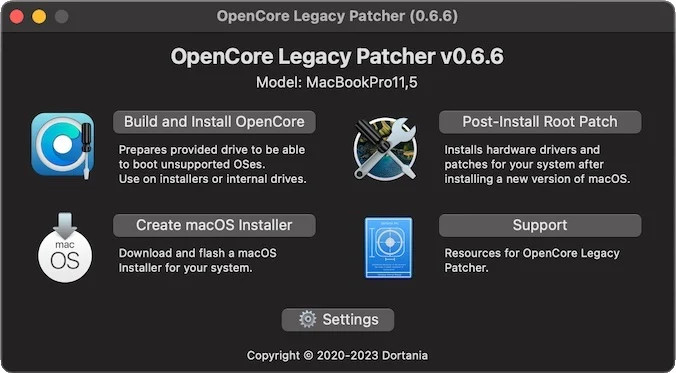
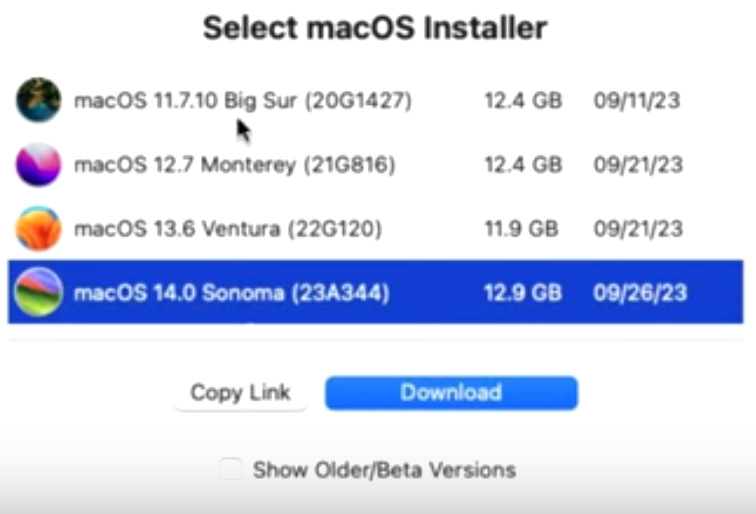
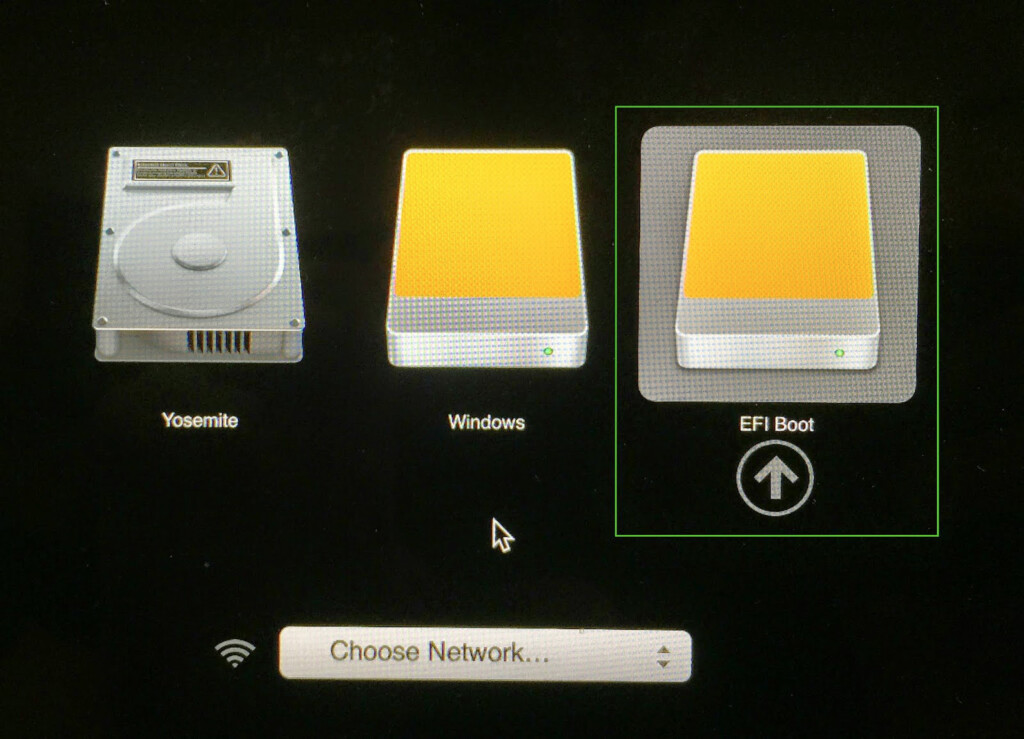
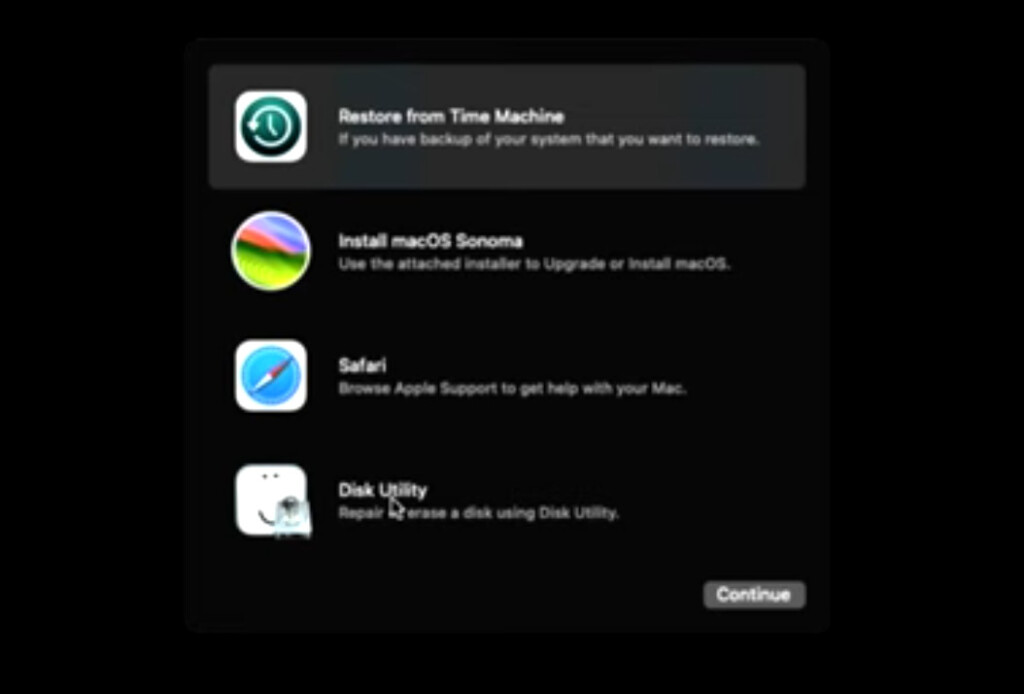

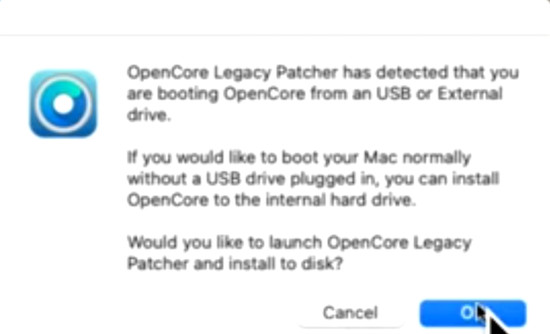
Your default boot drive for macOS Sonoma and Open Core Patcher is now your internal drive and you have finished the installation of Sonoma on an unsupported Mac.
How To Install macOS Sonoma Updates On Unsupported MacsAfter installing Sonoma on an unsupported Mac this way, you must not allow it to run minor or major updates automatically.
We strongly recommend waiting a few days after Apple has released updates for macOS Sonoma before following these instructions and check OCLP’s known issues page which will contain information about any potential update issues.
To install minor and major updates on an unsupported Mac running Sonoma, follow these instructions.
Backup your Mac using Time Machine or other backup software.Open the OpenCore Patcher app to see if there are any updates available. Download the GUI-Offline update if one is available. This is essential to prevent breaking your macOS Sonoma installation.Go to the Apple logo in the top right of your screen and select System Settings > General > Software Update.Once the update has installed, your Mac will reboot automatically.When it has rebooted, open OpenCore Legacy Patcher and select the option Post Install Root Patch. Then select the option Start Root Patching.
You have now updated macOS Sonoma on an unsupported Mac. Repeat this process for all future updates of macOS.
If you want to donate to the OCLP project for providing this software to install and update macOS on supported Macs, you can donate here.
RelatedDiscover more from MacHow2Subscribe to get the latest posts sent to your email.